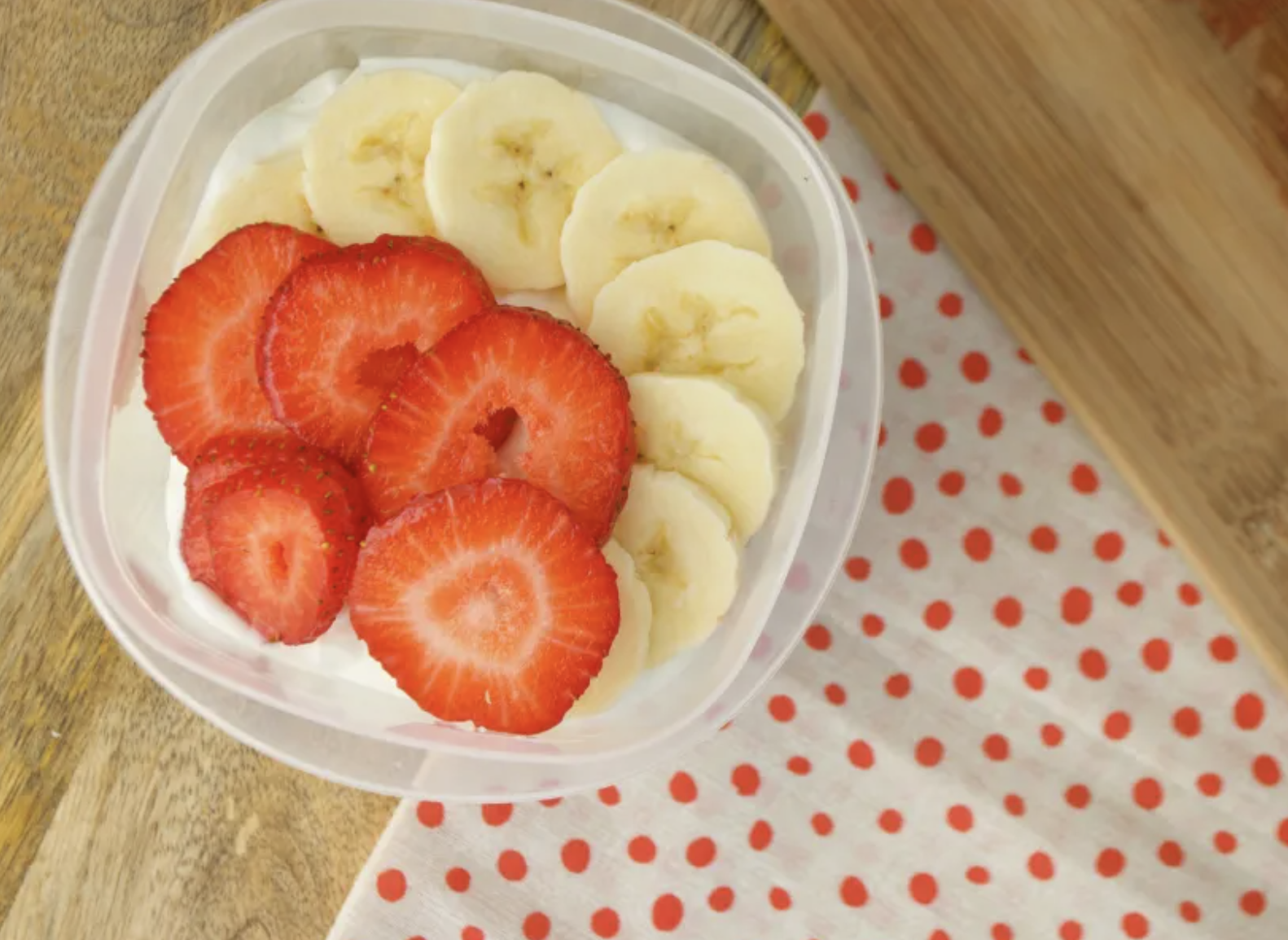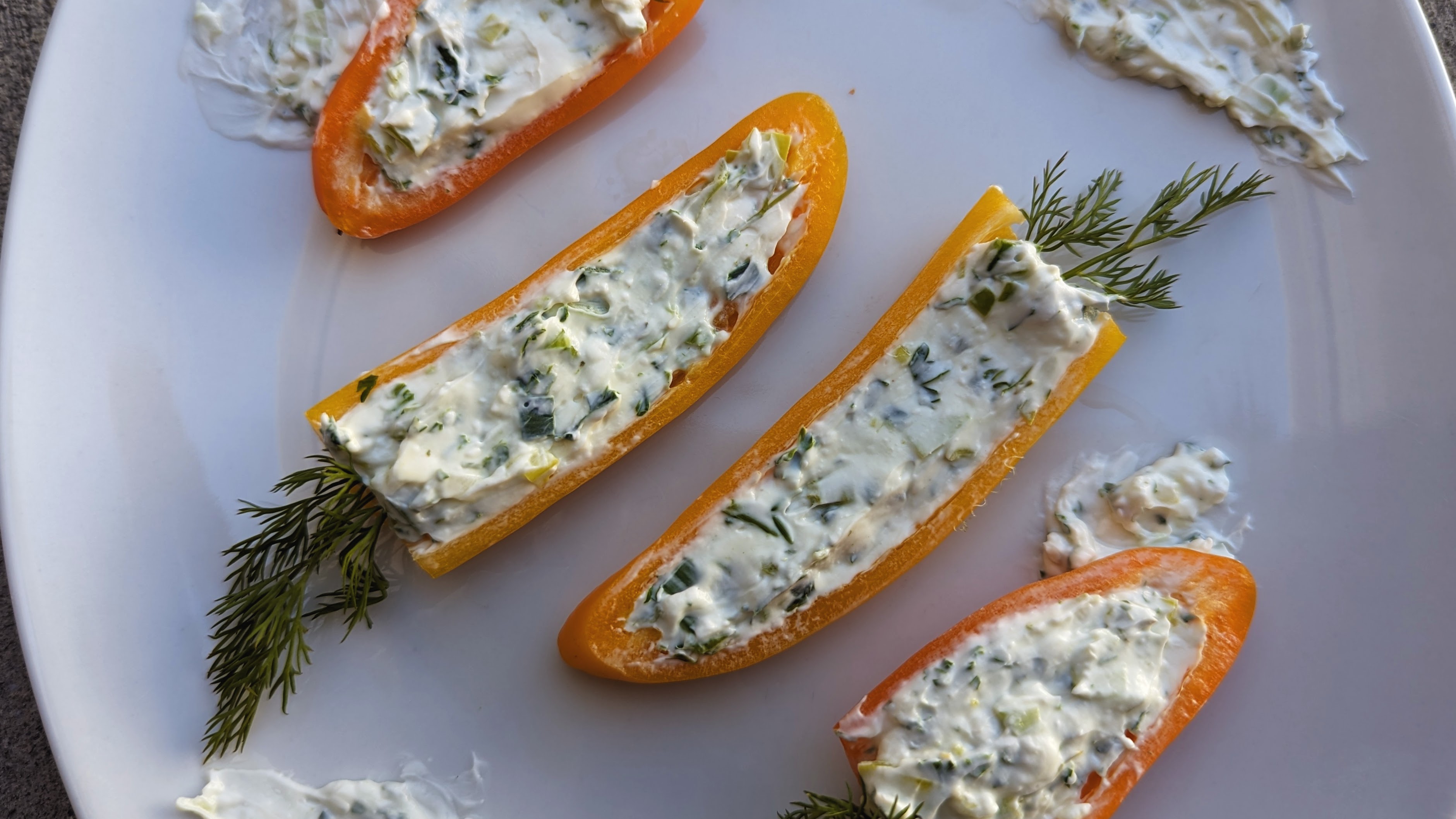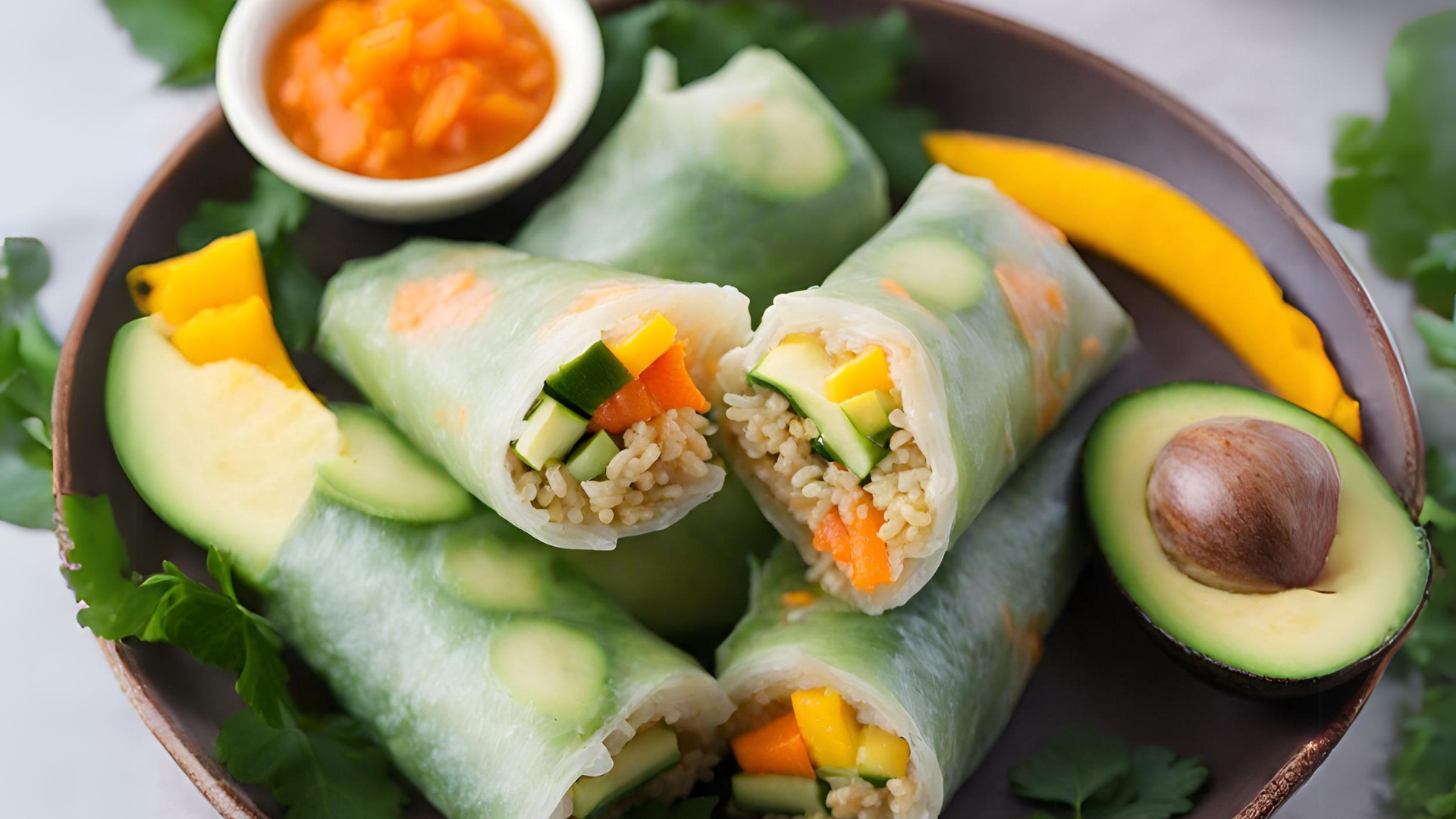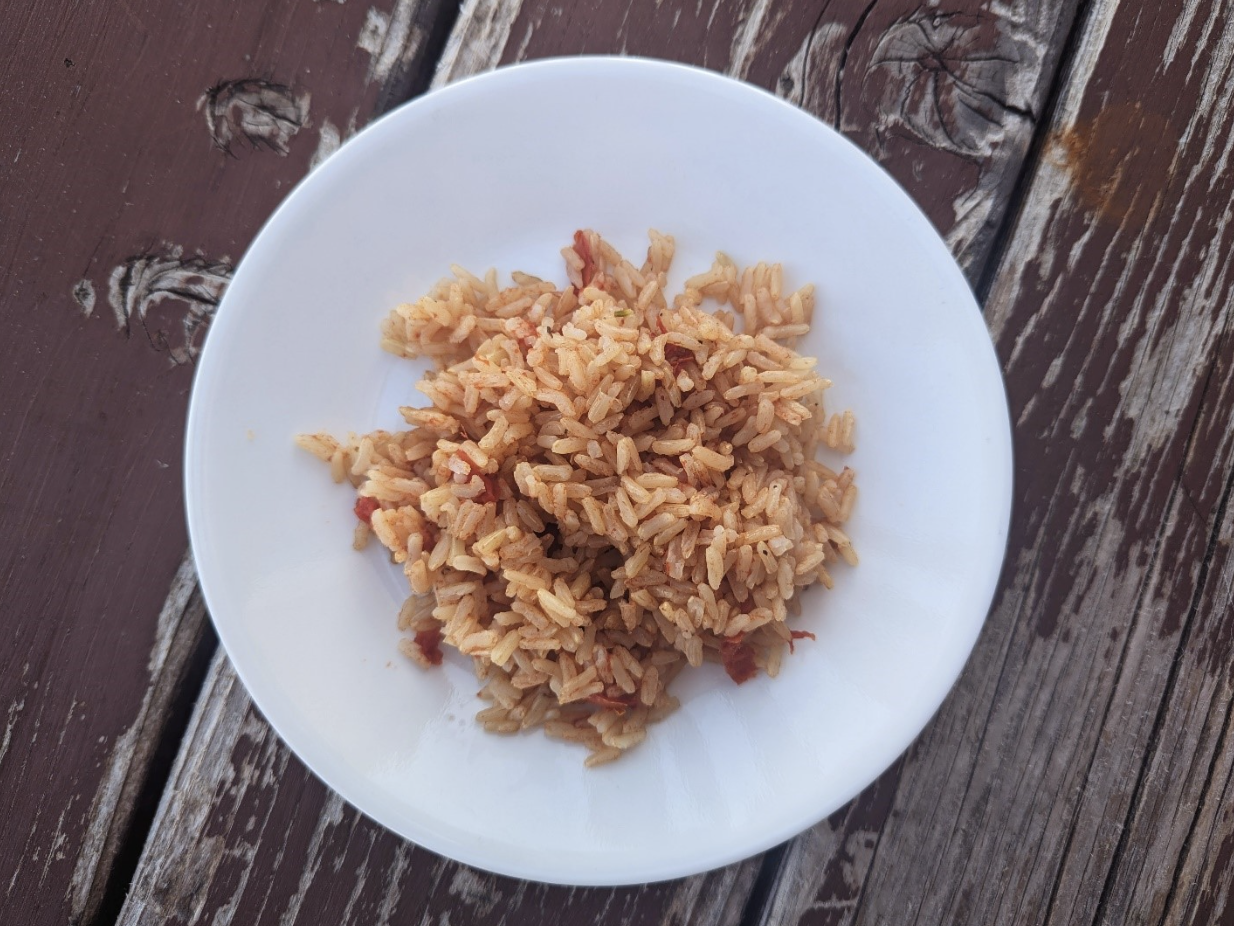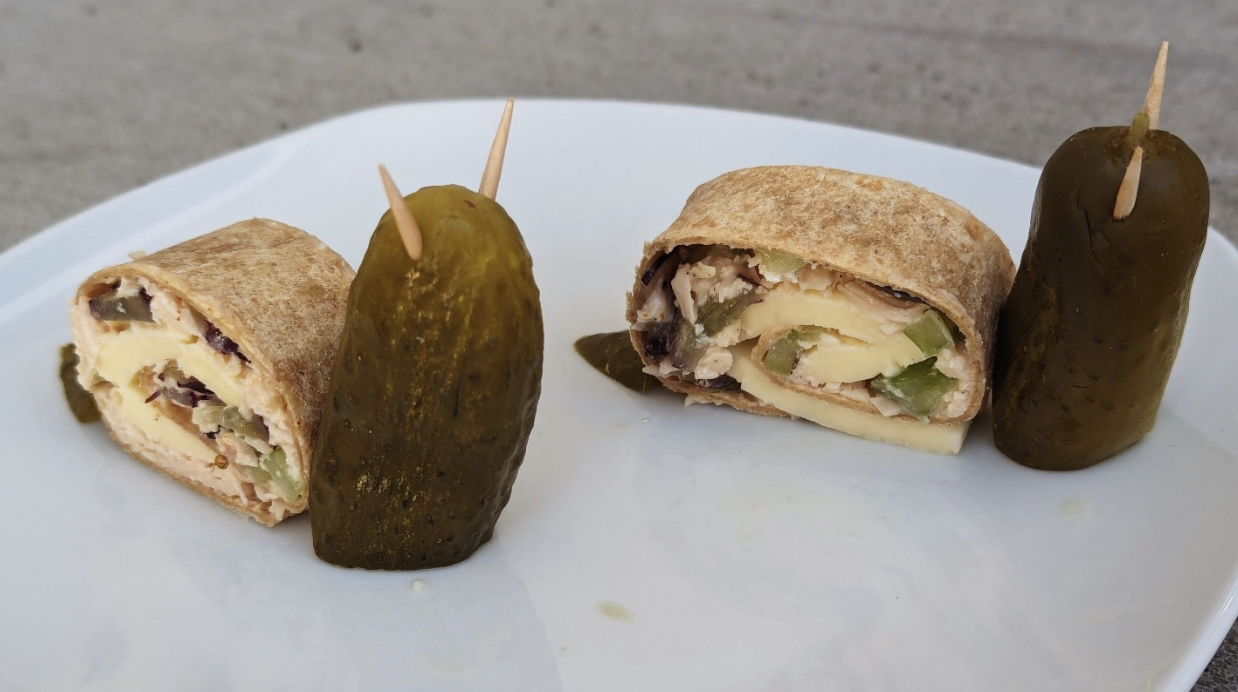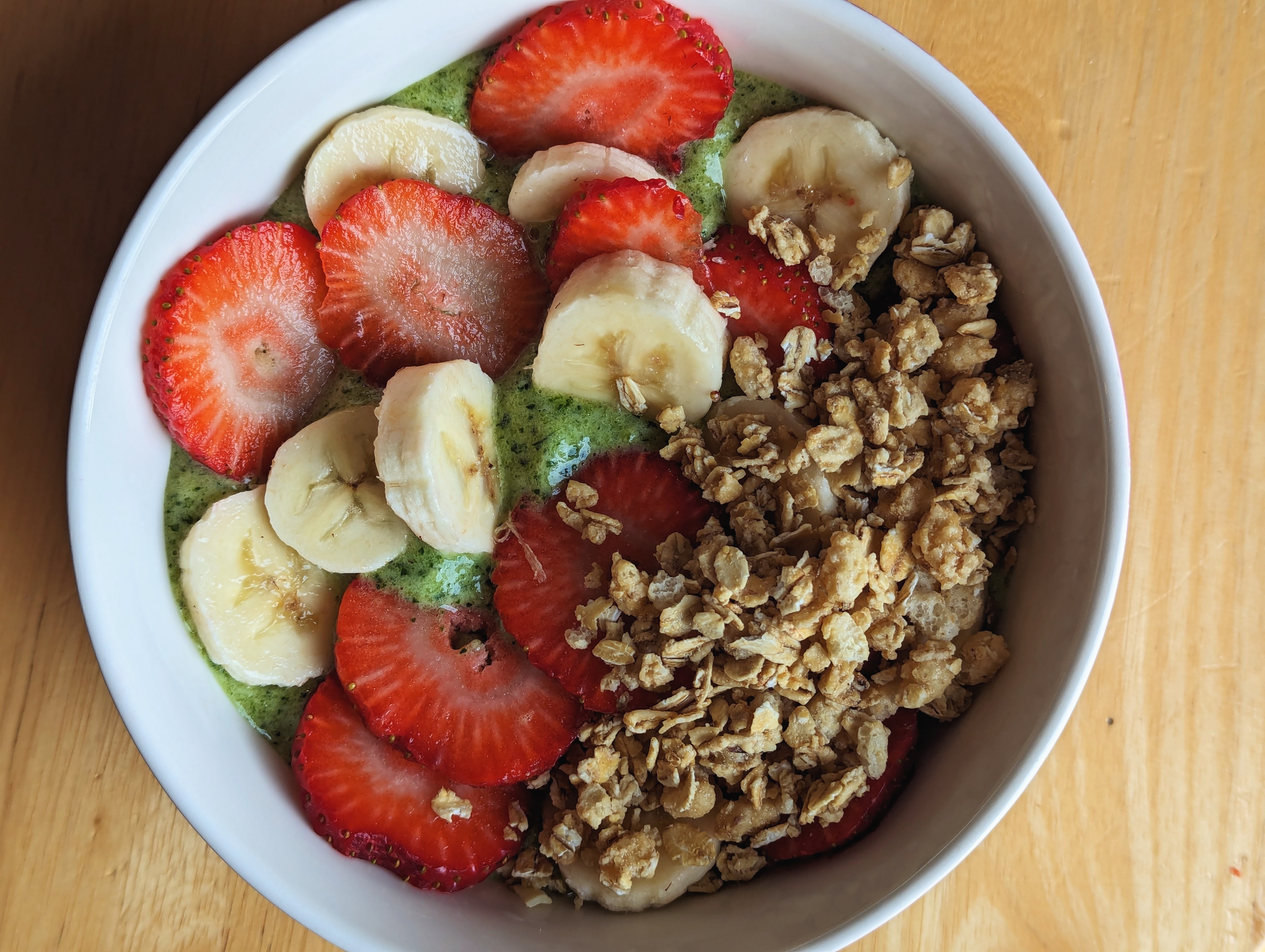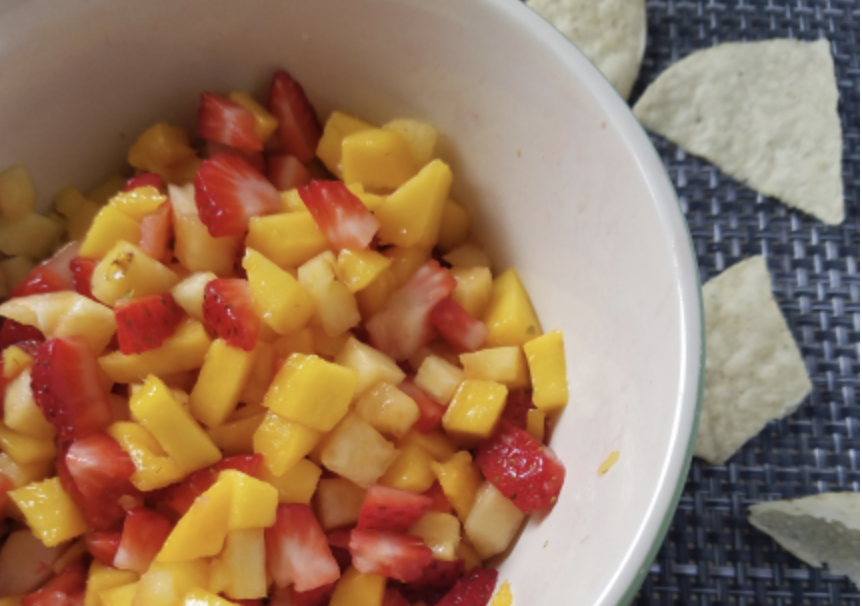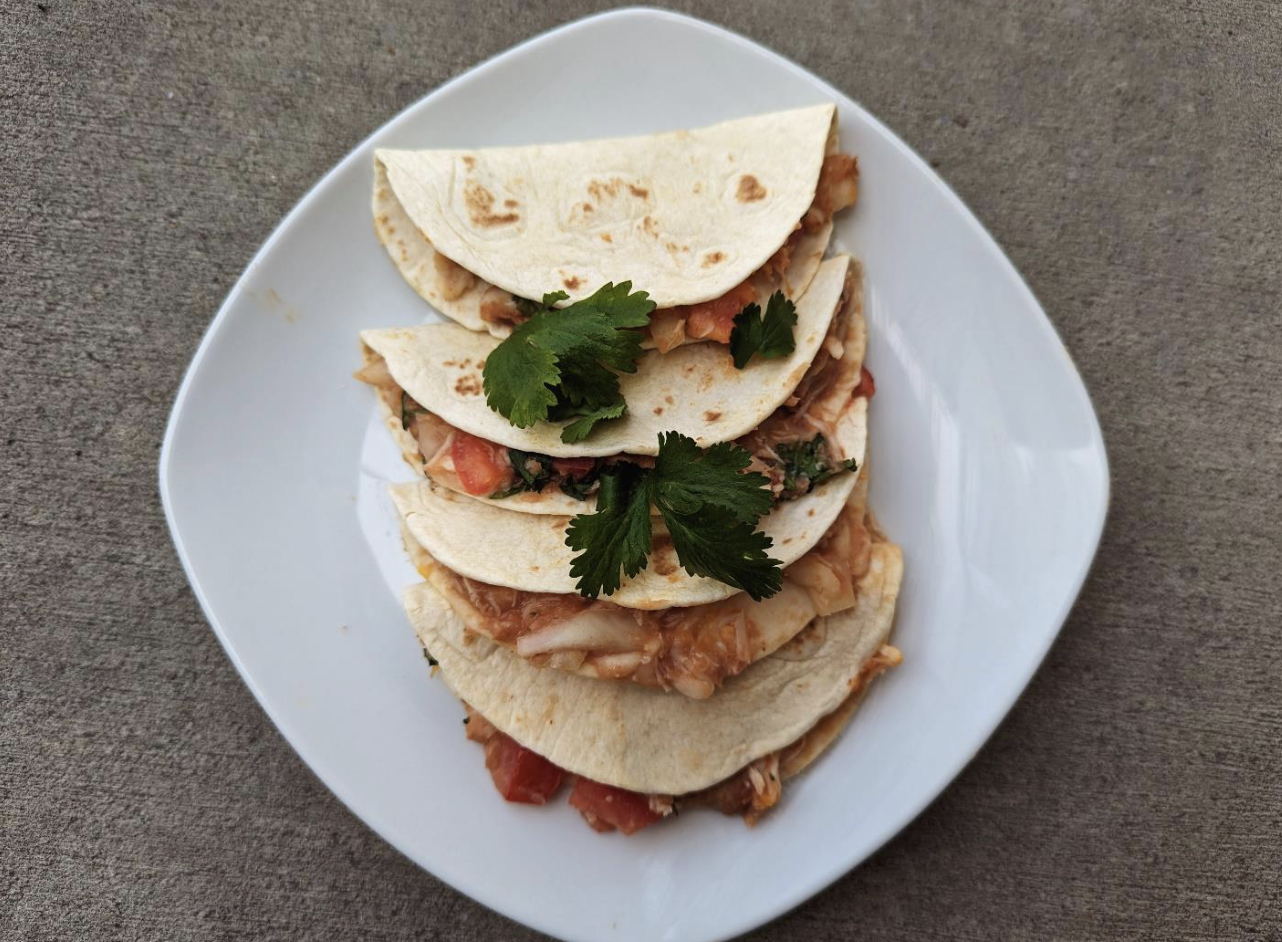Preserve Your Fingers: Vegetable Cutting Knife Safety

Do you want to decrease the amount of time it takes to prepare dinner? Do you ever get nervous that you’ll cut yourself when you use a really sharp knife? Good knife skills can decrease food prep time and increase your chopping confidence!
Basic Vegetable Cutting Tips
Here are some basic vegetable-cutting tips to help you improve your kitchen skills and ensure safety while working with knives:
- Use a Sharp Knife: A sharp knife is safer and more efficient than a dull one. It requires less force, reducing the risk of slips.
- Choose the Right Knife: Different vegetables may require different knives. A chef's knife is versatile for many tasks, but a paring knife is great for smaller items.
- Stable Cutting Surface: Use a stable cutting board to prevent slipping. Wooden or plastic boards are easier on knife edges compared to hard surfaces like glass.
- Proper Grip: Hold the knife with a firm grip, but not so tight that your hand cramps. Place your fingers on the handle and your thumb on the blade's spine for control.
- Knife Safety: Curl your fingers under and use your knuckles as a guide to keep the blade away from them while cutting. This "claw grip" minimizes the risk of cutting your fingertips.
- Uniform Cuts: Aim for uniform cuts to ensure even cooking. This helps maintain consistent texture and appearance in your dishes.
- Slice, Don't Hack: Use a controlled slicing motion rather than a forceful hacking motion. Let the knife do the work.
- Practice Patience: Rushing can lead to accidents. Take your time, especially when working with unfamiliar techniques.
- Create a Flat Surface: If a vegetable is rolling around, cut a thin slice from one side to create a flat surface before proceeding with further cuts.
- Pay Attention to Shape: Consider the final dish when cutting. Cubes, matchsticks, and slices all have different uses and appearances.
- Discard Tough Parts: Trim and discard tough stems, roots, or leaves that aren't suitable for eating.
- Work Methodically: Start with easier cuts and progress to more intricate ones. This prevents fatigue and helps maintain control.
- Honing and Sharpening: Regularly hone your knife's edge with a honing rod to keep it aligned. When it gets dull, sharpen it using a sharpening stone or professional service.
- Clean As You Go: Dispose of vegetable scraps and clean your workspace to prevent clutter and maintain safety.
- Storage: If not using all the cut vegetables immediately, store them properly to prevent spoilage.
Remember, practice makes perfect. Don't be discouraged if your first attempts aren't flawless. With time and experience, you'll become more comfortable and proficient in various vegetable-cutting techniques.
Best Knife For Cutting Vegetables
What is the best knife for cutting vegetables? The answer will depend on the type/size of vegetable you are cutting. But the most commonly used is a chef's knife.
A chef’s knife is used for 99% of chopping. It is about 8-10” in length. This knife is great for doing general chopping, slicing, and dicing.
When purchasing knives, the blade should be made of high-carbon stainless steel. This metal can be honed to a very sharp point, and it does not rust, corrode, or discolor.
It is also ideal to have a knife that is also full tang. This means the metal runs the full length of the handle, all the way to the end. This ensures that the knife is very high quality and durable.
Before you decide which knife to buy, hold the knife flat on your finger between the handle and the blade. It should not favor one of the sides but be an equal weight on both. This helps to make cuts smooth and even.
How to Clean Your Knives
Absolutely, proper knife cleaning is essential not only for maintaining their sharpness but also for ensuring kitchen safety and hygiene. Here's a more detailed explanation of how to safely clean knives:
- Hand Wash with Mild Soap: After use, always wash knives by hand using mild dish soap and warm water. Avoid putting them in the dishwasher as the harsh detergents, high water pressure, and potential knocking against other dishes can damage the blade and handle.
- Gentle Brush for Tough Residue: If there's stubborn food residue stuck on the blade, use a gentle brush, like a soft-bristle toothbrush or a specialized kitchen brush, to carefully remove it. Avoid using abrasive materials that could scratch the blade's surface.
- Mind the Blade's Direction: When brushing or scrubbing, be cautious of the blade's sharp edge. Hold the blade away from you and work from the base to the tip to avoid accidental cuts.
- Dry Immediately: After washing, promptly dry the knife with a clean and dry kitchen towel. Moisture can lead to rust and corrosion, especially if the knife is made from carbon steel. Drying also prevents any accidents that could occur if someone reaches into the dish rack without realizing a sharp knife is there.
- Safe Storage: Store knives in a safe and organized manner. A knife block, magnetic strip, or blade guard can help protect the blade from damage and prevent accidental cuts when reaching for them.
- Avoid Soaking: Never leave knives soaking in water for extended periods. This can cause the handle to deteriorate and damage the blade over time.
- Use Cutting Boards: Always use a cutting board when working with knives to protect both the knife's edge and your countertop. Opt for materials that are gentle on knife edges, like wood or plastic.
- Regular Honing and Sharpening: Regularly use a honing rod to maintain the knife's edge alignment. Periodically, sharpen the knife using a sharpening stone or a professional sharpening service to keep it razor-sharp and safe to use.
- Handle with Care: Be mindful when passing knives to others. Hand them the handle first and with the blade pointing down to prevent accidental injuries.
By following these guidelines, you'll not only ensure the longevity and effectiveness of your knives but also create a safer kitchen environment for yourself and others.
Video: Cutting Techniques for Vegetables
One of our amazing program supervisor, who also happens to be a chef, put together this helpful video on cutting techniques for vegetables. Check out the video below.
If you enjoyed this recipe, make sure to check out our other posts!








